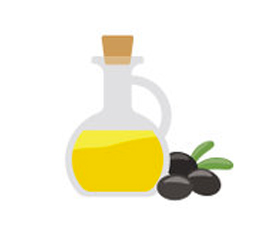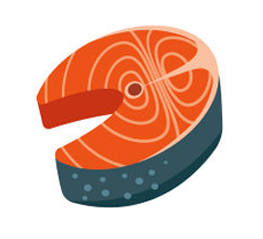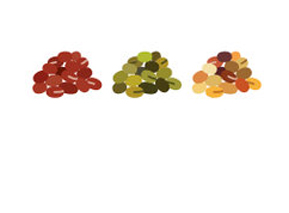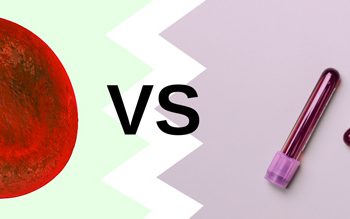
LIPIDOMIC SUPERFOODS

What is Superfood?
The flourishing public interest in nutrition and its link to health is often used by marketing experts in the food industry also through the creation of new appellation.
With this article, our desire is to focus our attention on the so-called “superfoods”.
While it is a fairly captivating name, there is no official definition of superfood. Furthermore, since 2006, in application of the NHC regulation (Nutrition and Health Claims, reg. CE 1924/06) the commercial use of references to general health benefits is permitted only if supported by accredited and recognized scientific studies.
However, if used with awareness, the concept of superfood, that is a food which, due to the high concentration of one or more nutrients, has particularly beneficial effects on health, can be useful in helping the consumer in food choices.
Superfood lipidomici
In fact, with this definition in mind, we can identify lipidomic superfoods as those foods that have a concentrate of beneficial fatty acids.
What does it mean by “beneficial action” of fats?
Pending of what membrane lipidomics has taught us in recent years, considering the Western diet and the increasingly frequent metabolic, inflammatory and immune problems in the population, among the beneficial characteristics of lipidomic superfoods we can include:
 – good / high content of monounsaturated fatty acids:
– good / high content of monounsaturated fatty acids:
- extra virgin olive oil
- avocado (and avocado oil)
- hazelnuts
- olives
Due to their content of oleic acid (9c 18: 1) and / or palmitoleic acid (16: 1), these foods are particularly beneficial in all those conditions of overweight, obesity, liver dysfunction, dyslipidemia in which an overload of the endogenous metabolism of fats and an exhaustion of cellular biosynthetic mechanisms.
 – good / high content of polyunsaturated fatty acids of the omega-3 track:
– good / high content of polyunsaturated fatty acids of the omega-3 track:
- algae
- ground flax seeds (and cold pressed linseed oil)
- hemp oil
- perilla oil
- Chia seeds
- blue fish (preferred small size)
Due to their content of alpha-linolenic acid, EPA or DHA, these foods are particularly beneficial in inflammatory conditions in the intestine, in the skin, in painful and degenerative states and with a view to prevention in people at risk of deficiency of essential fatty acids, therefore those who follow a diet rich in omega-6 sources and low in omega-3, including vegetarians and vegans.
 – good balance between omega-6 and omega-3 tracks:
– good balance between omega-6 and omega-3 tracks:
- nuts
- beans
- lentils
- buckwheat
- canola oil
Our Western diet is rich in foods with a very unbalanced omega-6 / omega-3 ratio (up to 20: 1) compared to the 4: 1 ratio based on which our metabolism has evolved. Due to their omega-6 / omega-3 ratio, these foods are beneficial for achieving and maintaining the balance of polyunsaturated fatty acid tracks, particularly important in cases of recurrent infections, intestinal dysbiosis and autoimmune diseases.
REFERENCES:
The nutritional values on which these considerations were based were obtained from the databases of (formerly INRAN) or from the Food Data Central of the CREA, the Food and Nutrition Research Center US Department of Agriculture.
To know more:
BOOK: “On the side of the fats. Lipidomics in the kitchen; because fats are not all the same and we must know them “by Dr. Carla Ferreri, Senior CNR Researcher and Scientific Director of Lipinutragen.
The information given should in no way replace the direct relationship between health professional and patient.
- On 15 July 2021



